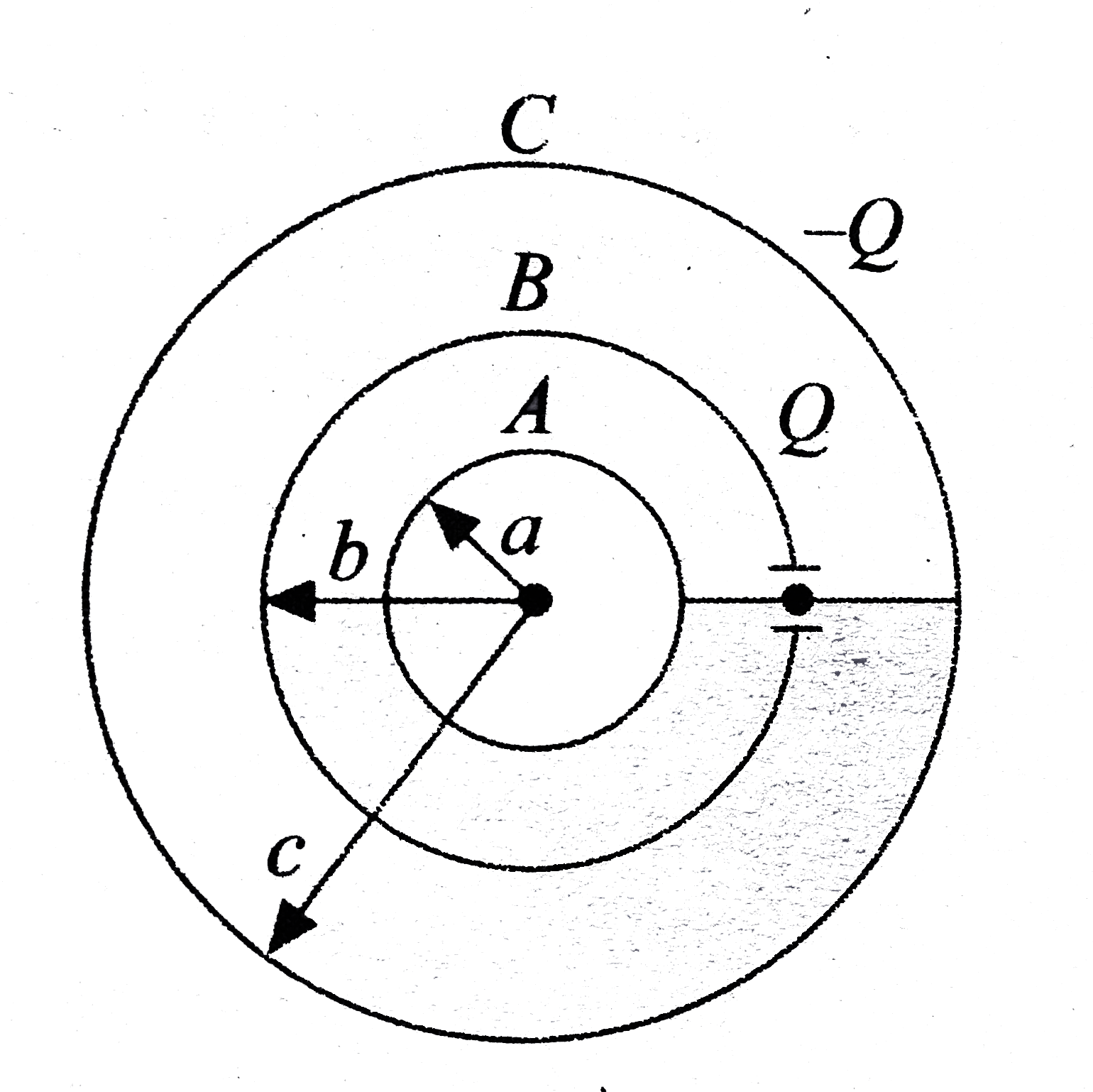The possible sub-shell in n=3 energy shell are
s,p,d
s,p,d,f
s,p
s Only
The correct Answer is:A
To determine the possible sub-shells in the n = 3 energy shell, we can follow these steps:
1. Identify the Principal Quantum Number (n):
- The principal quantum number (n) indicates the energy level of an electron in an atom. In this case, n = 3.
2. Determine the Range of the Azimuthal Quantum Number (l):
- The azimuthal quantum number (l) defines the shape of the orbital and can take values from 0 to (n - 1).
- For n = 3, the possible values for l are:
- l = 0
- l = 1
- l = 2
3. Assign Sub-shells to the Values of l:
- Each value of l corresponds to a specific sub-shell:
- l = 0 corresponds to the s sub-shell
- l = 1 corresponds to the p sub-shell
- l = 2 corresponds to the d sub-shell
4. List the Possible Sub-shells:
- Therefore, the possible sub-shells for n = 3 are:
- 3s (for l = 0)
- 3p (for l = 1)
- 3d (for l = 2)
Final Answer:
The possible sub-shells in the n = 3 energy shell are: 3s, 3p, and 3d.
---
- The principal quantum number (n) indicates the energy level of an electron in an atom. In this case, n = 3.
- The azimuthal quantum number (l) defines the shape of the orbital and can take values from 0 to (n - 1).
- For n = 3, the possible values for l are:
- l = 0
- l = 1
- l = 2
- Each value of l corresponds to a specific sub-shell:
- l = 0 corresponds to the s sub-shell
- l = 1 corresponds to the p sub-shell
- l = 2 corresponds to the d sub-shell
- Therefore, the possible sub-shells for n = 3 are:
- 3s (for l = 0)
- 3p (for l = 1)
- 3d (for l = 2)
The possible sub-shells in the n = 3 energy shell are: 3s, 3p, and 3d.
Topper's Solved these Questions
- ATOMIC STRUCTUREBOOK - CENGAGE CHEMISTRY ENGLISHCHAPTER - ATOMIC STRUCTUREEXERCISE - Exercises Assertion And Reason
21 Videos
- ATOMIC STRUCTUREBOOK - CENGAGE CHEMISTRY ENGLISHCHAPTER - ATOMIC STRUCTUREEXERCISE - Exercises Integer
11 Videos
- ATOMIC STRUCTUREBOOK - CENGAGE CHEMISTRY ENGLISHCHAPTER - ATOMIC STRUCTUREEXERCISE - Exercises Multiple Correct
45 Videos
- APPENDIX - INORGANIC VOLUME 1BOOK - CENGAGE CHEMISTRY ENGLISHCHAPTER - APPENDIX - INORGANIC VOLUME 1EXERCISE - chapter-7 Single correct answer
1 Videos
- CHEMICAL BONDING AND MOLECULAR STRUCTUREBOOK - CENGAGE CHEMISTRY ENGLISHCHAPTER - CHEMICAL BONDING AND MOLECULAR STRUCTUREEXERCISE - Archives Subjective
15 Videos
Similar Questions
What are energy shells?
View SolutionHow many orbitals are possible in
a. 4th energy level b. 5f sub-shell
View SolutionWhat is the maximum number of electron that can be accommodated
In the sub-shell with l=3?
In the shell-with n=3?
In the orbital with ml=+3?
View SolutionThree concentric conducting spherical shells carry charges as : +4Q on the inner shell, −2Q on the middle shell and −5Q on the outer shell. The charge on the inner surface of the outer shell is
View SolutionMaximum number of electrons in a sub-shell with l=3 and n=4 is.
View SolutionWhy 3d sub-shell has higher energy than 4s sub-shell in a muti-electron atom?
View SolutionWhat is the maximum number of electron in the posible sub-shell for n+l=4 ?
View SolutionA : in a multielectron atom , the electrons in different sub-shell have different energies
R : energy of an orbital depends upon n+l value .
View SolutionThe sub-shell 2d is not posible because
View SolutionThree conducting spherical shells have radii (a, b, and c) such that a<b<c (Fig. 3.113). Initially, the inner shell is uncharged, the middle shell has a positive charge Q, and the outer shell has a negative charge −Q.
 .
.
a. Find the electric potential of the three shells.
b. If the inner and outer shells are now connected by a wire that is insulated as it passes through the middle shell, what is the electric potential of each of the three shells ? Also, what is the final charge on each shell ?
View Solution
